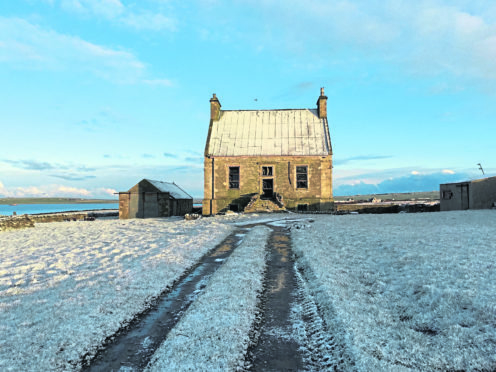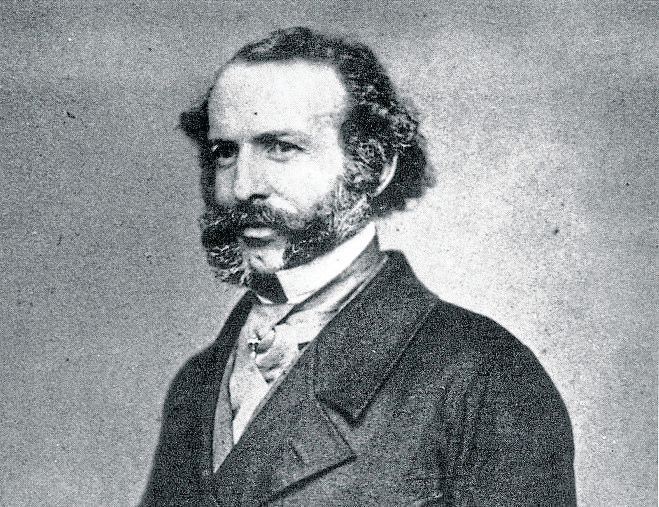They have raised funds, organised lotteries, arranged functions and reached out to the world during the last two years.
And now a society that is dedicated to creating a multi-million-pound Arctic heritage centre on Orkney in honour of explorer John Rae has amassed sufficient money to take possession of his dilapidated former home.
The news will be celebrated at a gala evening in the Orcadian’s memory tomorrow night, confirming that the organisation has achieved its £79,000 target.
That will be the catalyst for the John Rae Society to progress with ambitious plans to purchase the 18th-century Hall of Clestrain, near Stromness, where the surveyor, doctor and polar explorer spent his early years.
The proposals include a large-scale Arctic exhibition space, which will highlight the exploits of the man who discovered the final portion of the Northwest Passage in Canada in 1854.
He also unearthed the fate of Sir John Franklin’s ill-fated polar expedition in 1845, which led to the death of 129 men, including Franklin.
The facility will also be developed as an international place of reconciliation, in recognition of Rae, who became famous for working alongside indigenous people, including the Inuit and Cree during his travels.
Andrew Appleby, the president of the society, told the Press and Journal last night he was excited about recent progress on the scheme.
He said: “We have worked extremely hard to get to this stage and we are genuinely heartened by how much help we have received from so many people.
“At one stage, there were fears about what would happen to Rae’s birthplace, but it seems more and more people appreciate what an impact he had during his life [Rae lived from 1813 to 1893] in the 19th century.
“We have received generous donations from an anonymous lady in Canada and, just recently, from a gentleman in the USA. And there has been lots of interest from across the globe.
“Our aim now is to proceed with plans for the Arctic centre, which will stage exhibitions, talks, special events and group meetings for people on the island and tourists who want to find out more about Rae and his life.
“We are also intending to encourage visits from those of an Inuit and Cree background and also work to create an Arctic botanic garden.
“And, in the longer term, we are hopeful of establishing a faculty of surveying on Orkney, which will be based at the hall.”
Mr Appleby and his colleagues are in talks with Historic Scotland and other organisations, both in Scotland and further afield, about ways of funding the venture, which is expected to cost £5.5 million.
>> Keep up to date with the latest news with The P&J newsletter
But he believes there are no obstacles to the scheme, given the way in which Rae’s reputation has risen in recent years.
He added: “We envisage this project taking up to five years to complete and we realise it is a very ambitious proposal.
“However, the feedback from so many different people has been incredibly positive. They want the centre to come to fruition and so do we.”
Who was John Rae
An adventurer who helped open up trade routes and mapped 1,800 miles of northern coast in Canada.
As an explorer, Mr Rae helped to bridge new trade gaps across the world by opening up new routes and changing the history of maritime trade forever.
By mapping the Northwest Passage in northern Canada, he helped seafarers to cut months of their time at sea from their journeys by connecting the Atlantic to the Pacific.
Among his many other achievements, he also trekked 500 miles by foot from Moose Factory, near the southwestern top of James Bay, to Toronto in order to train as a surveyor.
He used the skills he learned there in more than four expeditions in the Canadian Arctic between 1846 and 1854, which included more than 13,000 miles of travel and the mapping of approximately 1,800 miles of coast.
It is believed the native Scot owed his expertise in endurance travel to the training and friendship provided from northern Canada’s subarctic indigenous peoples.

